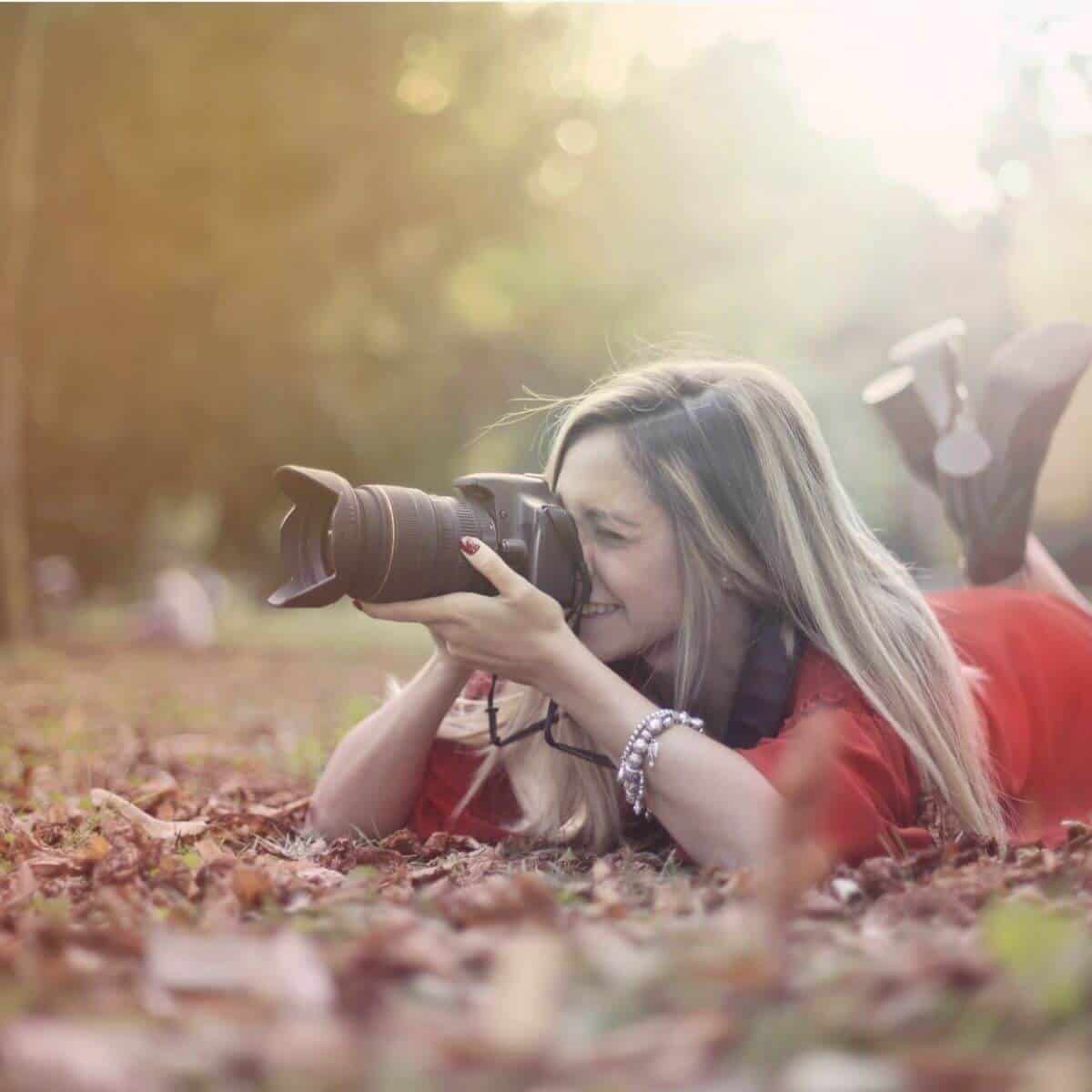White balance is the process of adjusting the colors in an image to match how it’s perceived by your eyes. It’s also known as grey or neutral balance.

Purpose
The purpose of white balance (WB) is to adjust the colors of an image so that it looks realistic. The goal is to get the image to look as accurate as possible.
Related: How to fix overexposed lighting in Lightroom
Have you ever taken an image that turned out too blue or orange? When you looked at the scene, the colors weren’t actually like that because you have a built-in automatic white balance adjuster – your brain.
In photography and image processing, you can automatically adjust the white balance, or do it manually. If you set your camera to automatic white balance, there’s still a possibility of it capturing the color incorrectly.
Related: Guide to light and airy photography
Making changes is easy because it’s done with the click of a button. However, understanding how color temperature works will make help you capture great photos.
Color temperature
Light has a color. It can be warm and golden, or cool and blue. Depending on the time of day, the color of light will change. As the light changes, you’ll have different color temperatures, which is measured in Kelvin.
At the lower end of the scale, from 2000 to 3000 Kelvin, the light produced is considered warm and has an orange to yellow-white appearance.
As the number gets higher on the scale, the color becomes bluer. At around 6500 Kelvin, has a blue-white tone that resembles natural daylight on a cloudy day. It goes up to 10,000 Kelvin, which becomes a bright blue light.
Understanding color temperature will help you take photos that accurately represent the real color.
Related article: How to photograph runners
Preset white balance settings
Your camera likely has presets to help you take photos with the correct white balance. Automatic white balance (AWB) is a common one to use. However, your camera has presets that can be more accurate.
The following are the different presets:
1. Auto: Your camera does its best to choose the right setting for the current lighting situation. In most cases, auto works just fine. However, it’s worth manually selecting a preset to help you capture accurate colors.
2. Daylight or Sunny: During the day, especially when it’s sunny, most people will use automatic white balance instead. However, using this preset will make your photo slightly warmer. Therefore, if you find your image to be a little blue, use the daylight or sunny preset.
3. Tungsten: It’s usually symbolized with a little bulb and is for shooting indoors, especially under incandescent lighting. It cools down the colors in photos, which is perfect if your images are turning out to be too orange.
4. Cloudy: The cloudy preset makes the image slightly warmer than the daylight preset. It’s great for cloudy or overcast days.
5. Fluorescent: This preset compensates for the cool temperature of fluorescent light by warming up the photo.
6. Shade: Shade creates a cooler color temperature than a cloudy day. That’s why the shade preset adds warmth to your photos.
7. Flash: The flash of your camera is a cooler light. This preset will warm up your shot to compensate.
8. Kelvin: If you select Kelvin, you can manually set the color balance to a specific number. This is the best way to capture the photo to make sure the colors look exactly the way they are.
How to make adjustments
Adjustments can be made using a preset in your camera, or post-processing. To select a preset, you can choose the one you’d like in your camera’s settings.
In post-processing, you can change it automatically, select a preset, or manually adjust the color temperature. If you go down this route, shoot in RAW because it’ll be easier to adjust the colors when you edit the photo.
Conclusion
White balance is an important part of photography because it affects your subject’s skin tone and how the photo feels. Understanding how light and color affect an image will help you take the necessary steps to capture the image accurately.
More resources:
Featured photo courtesy of Pexels.
